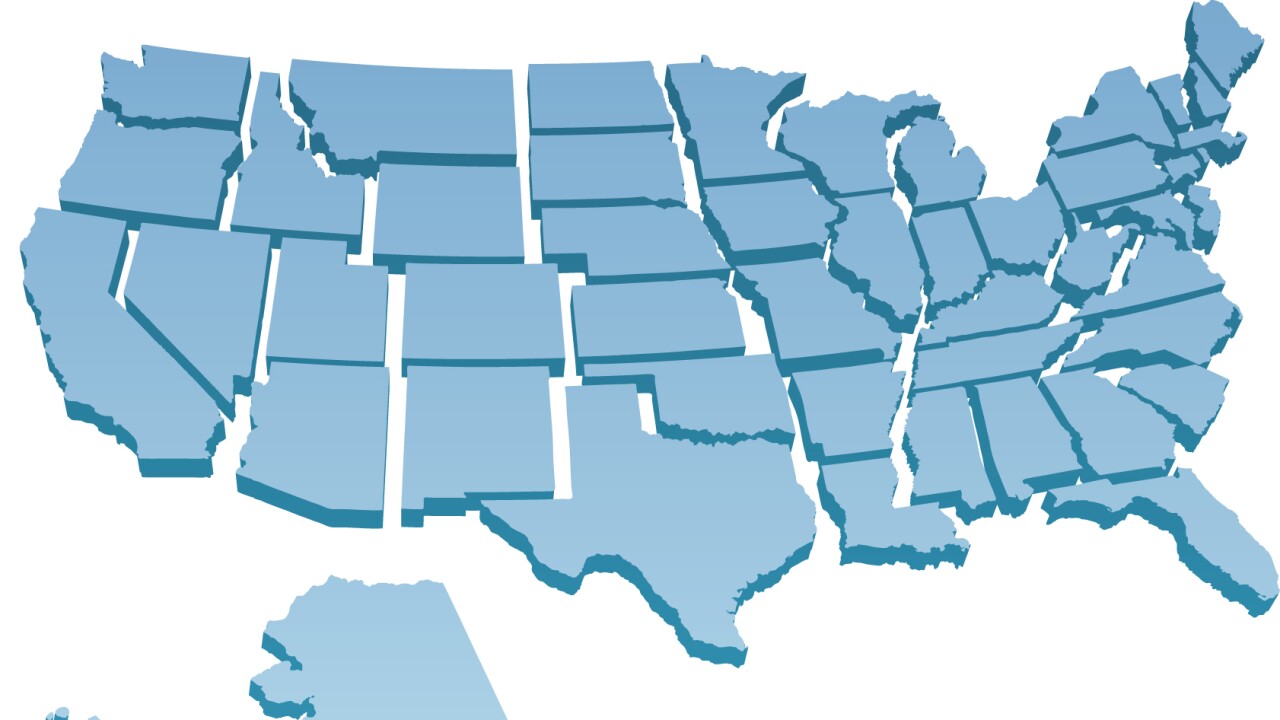The total effective tax rate for the 400 wealthiest Americans was lower than the general population, according to a new study.
The
"In our benchmark estimate, the total effective tax rate — all taxes paid relative to economic income — of the top 0.0002% (approximately the "top 400") averaged 24% in 2018–2020 compared with 30% for the full population and 45% for top labor income earners," said the report.
The study found the lower total effective tax rate on the wealthiest to be driven in large part by low taxable individual income in comparison with economic income. The C corporations owned by the wealthiest Americans distributed relatively little in dividends, limiting the individual income taxes of the wealthiest people unless they sold their stocks.
Those who own pass-through businesses reported negative taxable income on average despite positive book income, further limiting their individual income taxes.
The effective tax rate of the top 400 people dropped from 30% in 2010 to 2017, to 24% in 2018 to 2020 for two main reasons: There was a smaller share of business income being taxed and the income that was taxed was subject to lower tax rates.
Estate and gift taxes contributed relatively little to the effective tax rate of the wealthiest 400 people after they died. The decedents' estates paid 0.8% of their wealth in estate tax when married and 7% when single. In terms of philanthropy, the annual charitable contributions of the top 400 equaled 0.6% of wealth and 11% of economic income in 2018 to 2020.
The Tax Cuts and Jobs Act of 2017 seems to have reduced the amount of taxes paid by the wealthiest, and the recently passed One Big Beautiful Bill Act promises to do the same.
"The tax rate of the top 400 fell significantly at the end of our sample, a period that includes various economic and policy changes including the Tax Cuts and Jobs Act," said the study. "Between 2010 and 2017 it reached about 30%, similar to the U.S. population average, before falling in the 2018-2020 period. This evolution is due both to a decline in corporate taxes (in line with the decline in the statutory federal corporate tax rate from 35% to 21%) and to a fall in individual income tax payments, in turn due to the fall in reported pass-through business income which turned negative at the end of our sample."





